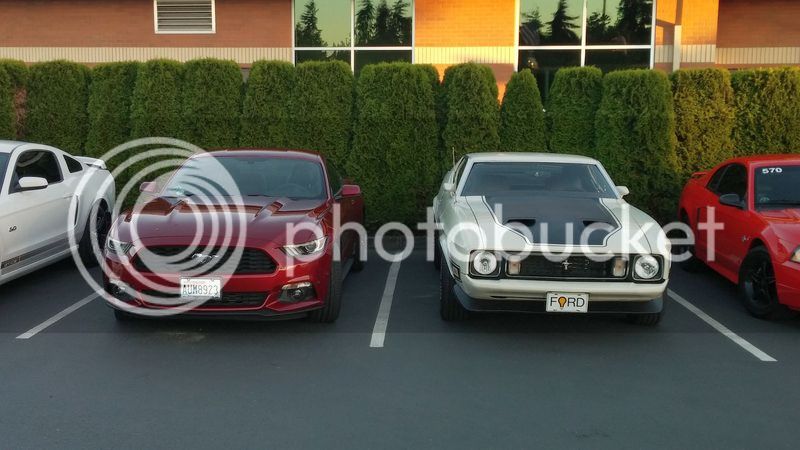So our cars get critisized for being too big in size and getting away from the original idea of a midsize sports car. So the question is, are 71-73's fullsize, midsize or compact cars? I understand the sizes refer to the platform that was used.
So the first 1964 Mustang was based on the compact car platform of the Ford Falcon. Our cars use the same platform, but you couldn't call our cars compact. So lets say the 64 Mustang is a mid size car.
Where does that leave the 71-73 Mustang?
I'd be interested to hear your thoughts on this.
So the first 1964 Mustang was based on the compact car platform of the Ford Falcon. Our cars use the same platform, but you couldn't call our cars compact. So lets say the 64 Mustang is a mid size car.
Where does that leave the 71-73 Mustang?
I'd be interested to hear your thoughts on this.






















































